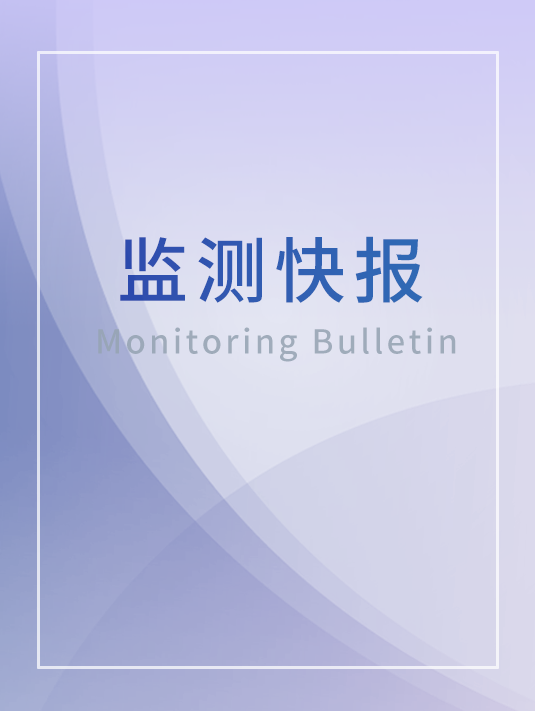摘要: 优质耕层快速构建是“非粮化”土壤复耕前提,但目前缺乏相应的重构材料。应用草本泥炭、苔藓泥炭、稻壳生物炭、木屑生物炭,蔬菜玉米壳及微生物菌剂,按不同配方创制耕层重构材料,并构建相应的评价方法体系。苔藓泥炭与稻壳生物炭配置形成的耕层重构材料质地疏松,蓄水保墒能力强;有机质含量高,范围介于658.85~704.92 g·kg-1,同时有机碳难降解指数范围为75.27%~84.71%,具备较高的固碳增汇潜力;有机碳、活性碳组分I、总腐殖酸、全氮、全钾、毛管孔隙度、pH可作为耕层重构材料的评价指标体系,结合质量指数模型可以评价耕层重构材料综合质量,依托该体系筛选出了最佳耕层重构材料配方,即当苔藓泥炭(M)与稻壳生物炭(R)按质量比1:1、2 :1、3:1,再按质量比10:1与蔬菜玉米壳(C)((M+R)10C1、(2M+R)10C1、(3M+R)10C1)混合配置时可以形成优质耕层重构材料;将优质耕层重构材料施入“非粮化”土壤可以显著降低土壤容重、增加土壤有机质及活性养分含量,增强土壤固碳潜力,提高小麦产量。本研究所建立的指标评价体系可以全面客观评价耕层重构材料的综合质量,以苔藓泥炭、稻壳生物炭为原料创制的耕层重构材料在改善土壤质量、提高土壤固碳能力以及恢复作物生产方面均表现出较高的应用价值。
Abstract: Objective Economical crops like seedlings and flowers are frequently sold with soil transplantation practices, which directly leads to the soil plough layer becoming shallow or even stripped and eventually disappearing. This type of "non-grain production of cultivated land" with stripped plough layer can cause soil structure damage, nutrient imbalance, and fertility degradation, thus, it is a serious threat to the foundation of national food security and the healthy development of agriculture. The main problem with the stripped "non-grain production of cultivated land" is the lack of a high-quality plough layer. Therefore, a solution promoting the reconstruction of the high-quality plough layer to meet the fundamental needs of crops is key to replanting these soils. However, there is currently no systematic research aimed at solving this problem. Method A novel plough layer reconstruction material was developed using long-lasting organic materials such as herbal peat, moss peat, rice husk biochar, sawdust biochar, active organic material vegetable corn husk, and microbial inoculants. We employed cluster and principal component analyses to identify the minimum data set of quality evaluation indicators for plough layer reconstruction materials, which was then combined with the quality index model to create a comprehensive quality evaluation system. Result The result showed that the plough layer reconstruction materials with moss peat and rice husk biochar as main raw materials had higher quality and could effectively improve the fertility and compact structure of plough layer damaged soils. This material was characterized by a loose texture, bulk density of 0.1347~0.1466g·cm-3, high capillary porosity (64.83%~67.82%), strong water-holding capacity, high organic matter content (658.85~704.92g·kg-1), and high SOC recalcitrance index of 75.27%~84.71%., with a high potential for sequestration and sink enhancement. The minimum data set constructed with SOC, Labile C, HS, TN, TK, capillary porosity, and pH can be used as a quality evaluation system for plough layer reconstruction materials. Based on the above system, the optimal formulation of the plough layer reconstruction material was screened as follows: when moss peat (M) is mixed and configured with rice husk biochar (R) at mass ratios of 1:1, 2:1, 3:1, and then 10:1 with vegetable corn husk (C); ((M+R)10C1, (2M+R)10C1, and (3M+R)10C1), a high-quality ploughing layer reconstruction material can be formed. On "non-grain production of cultivated land," the application of selected plough layer reconstruction materials can dramatically lower soil bulk density and raise soil organic matter content by 177.35% to 204.31% compared to the control. Additionally, the treatment also increased the soil's effective nutrient content and soil carbon sequestration potential. The plant height, weight, and number of spikes of wheat were higher than those in the control after the application of the plough layer reconstruction material. This resulted in the yield of wheat being 5.6 times higher than that of the control, which demonstrates the benefit of this type of material for crop growth. Conclusion The indicator evaluation system established by this research can comprehensively and objectively evaluate the overall quality of plough layer reconstruction materials, and the materials created with moss peat and rice husk biochar as raw materials showed high application value in improving soil quality, increasing soil carbon sequestration capacity, and restoring crop production.

 王晓梅
王晓梅 王晓梅
王晓梅 王晓梅
王晓梅 王晓梅
王晓梅 王晓梅
王晓梅 王晓梅
王晓梅 王晓梅
王晓梅 王晓梅
王晓梅 王晓梅
王晓梅 王晓梅
王晓梅 王晓梅
王晓梅